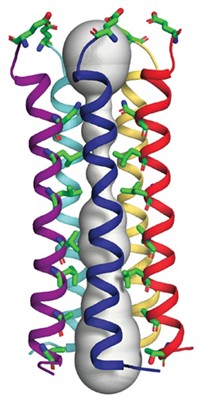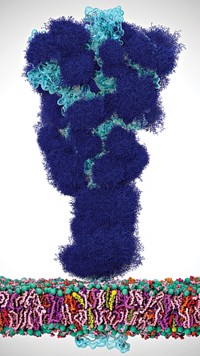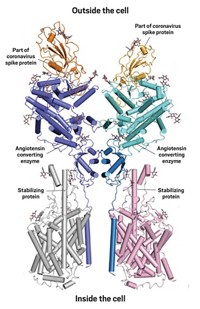Advertisement
Grab your lab coat. Let's get started
Welcome!
Welcome!
Create an account below to get 6 C&EN articles per month, receive newsletters and more - all free.
It seems this is your first time logging in online. Please enter the following information to continue.
As an ACS member you automatically get access to this site. All we need is few more details to create your reading experience.
Not you? Sign in with a different account.
Not you? Sign in with a different account.
ERROR 1
ERROR 1
ERROR 2
ERROR 2
ERROR 2
ERROR 2
ERROR 2
Password and Confirm password must match.
If you have an ACS member number, please enter it here so we can link this account to your membership. (optional)
ERROR 2
ACS values your privacy. By submitting your information, you are gaining access to C&EN and subscribing to our weekly newsletter. We use the information you provide to make your reading experience better, and we will never sell your data to third party members.
Biological Chemistry
How Antibodies Assemble To Activate The Immune Response
Six immunoglobulin G antibodies rally around an antigen to spur immune system to fight invaders
by Sarah Everts
March 17, 2014
| A version of this story appeared in
Volume 92, Issue 11
www.scicomvisuals.com
www.scicomvisuals.com
Our immune systems spring into action when antibodies detect the antigens of pathogenic invaders. But it’s remained unclear exactly how these antibodies—known as immunoglobulin G (IgG)—arrange around antigens to kick-start the fight against these pathogens. An international team of structural biologists has finally provided a glimpse of the architecture of these IgG antibody assemblies (Science 2014, DOI: 10.1126/science.1248943). Using electron microscopy, X-ray crystallography, and computer modeling, Piet Gros of Utrecht University, in the Netherlands; Paul W. H. I. Parren of the Danish biotech company Genmab; and colleagues show that six IgG antibodies form a symmetrical hexamer around an antigen on the membrane of a pathogenic cell. They report that mutating amino acid residues at the interface of these six antibodies can enhance or impede the hexamer’s assembly. The team argues that understanding the basis of this hexamerization should help researchers engineer therapeutic antibodies with enhanced abilities to stimulate the immune system.





Join the conversation
Contact the reporter
Submit a Letter to the Editor for publication
Engage with us on Twitter